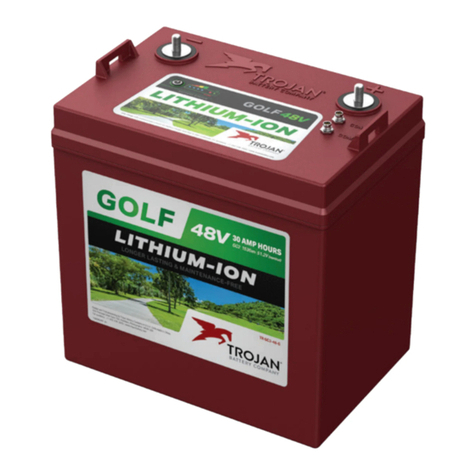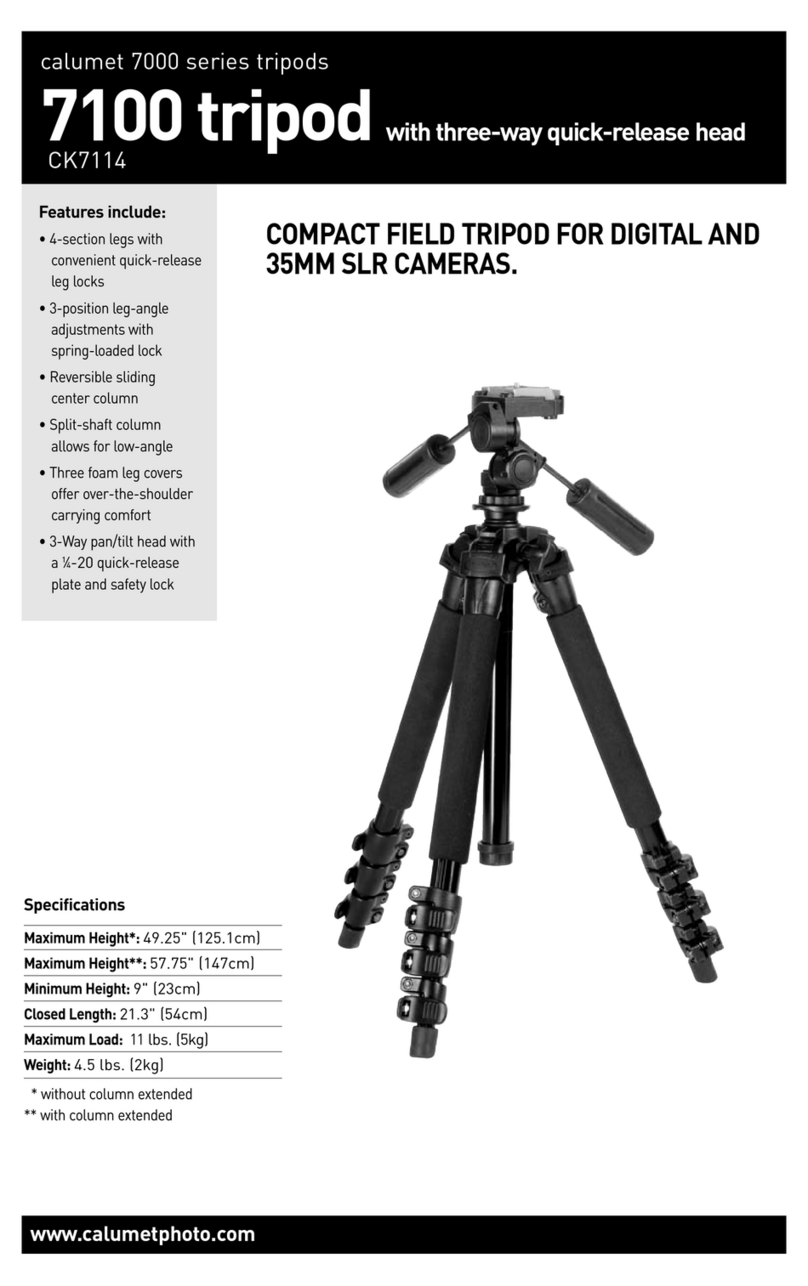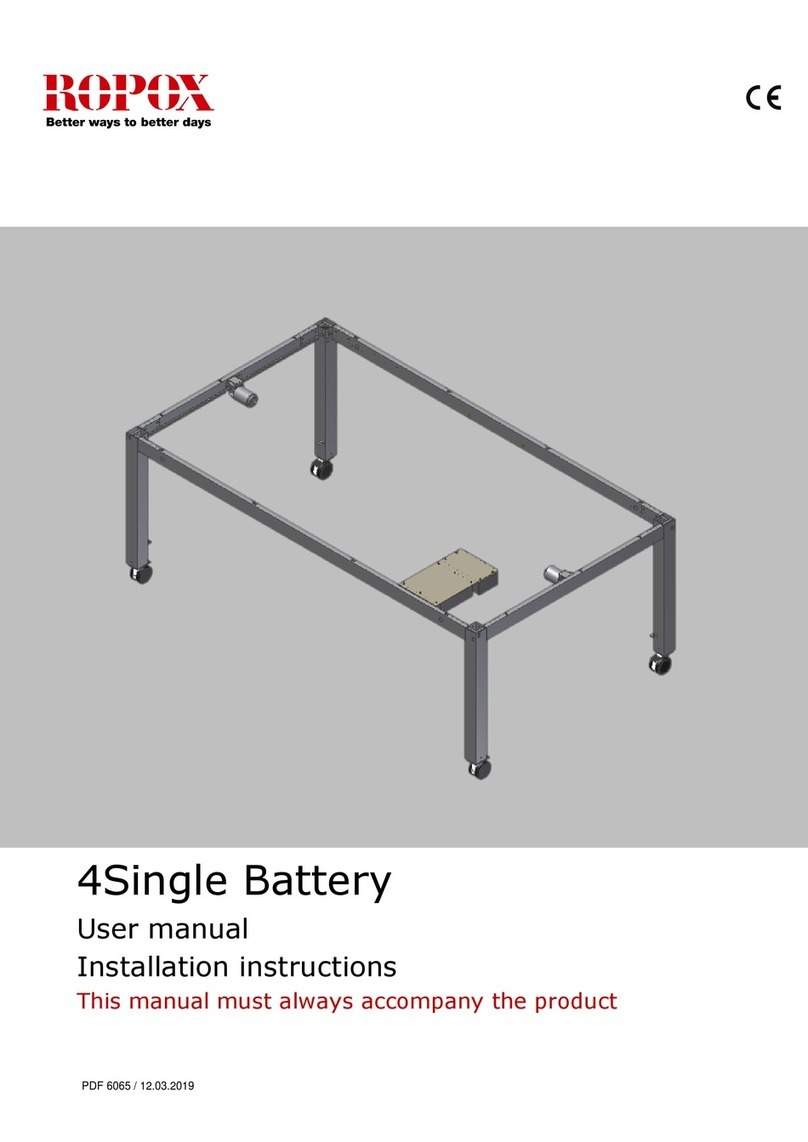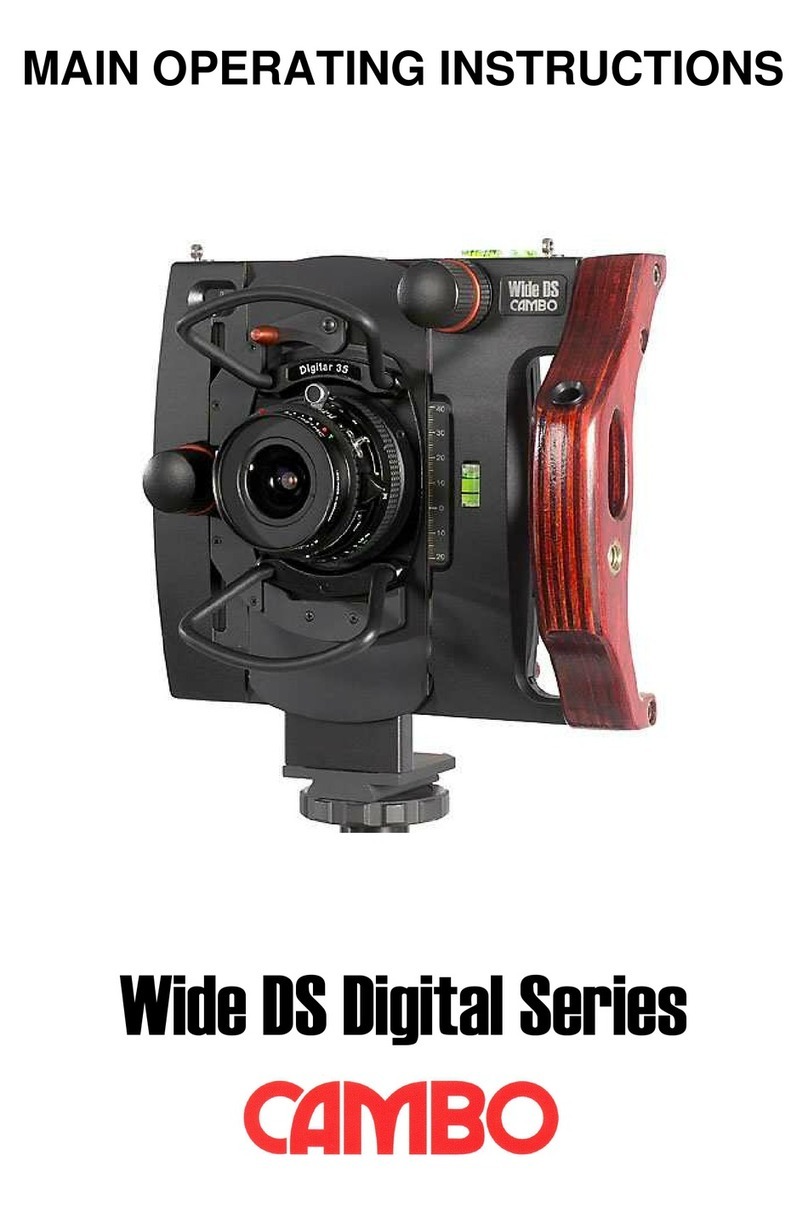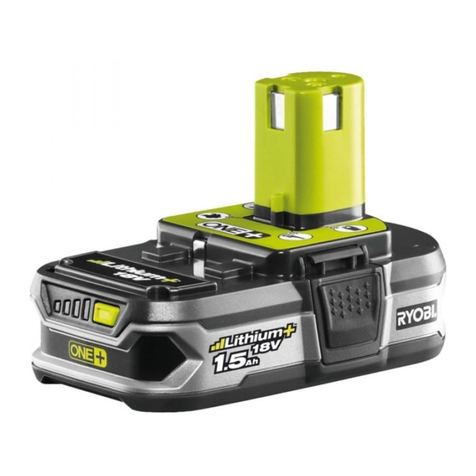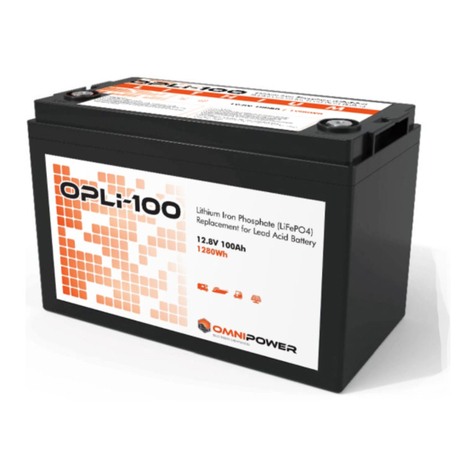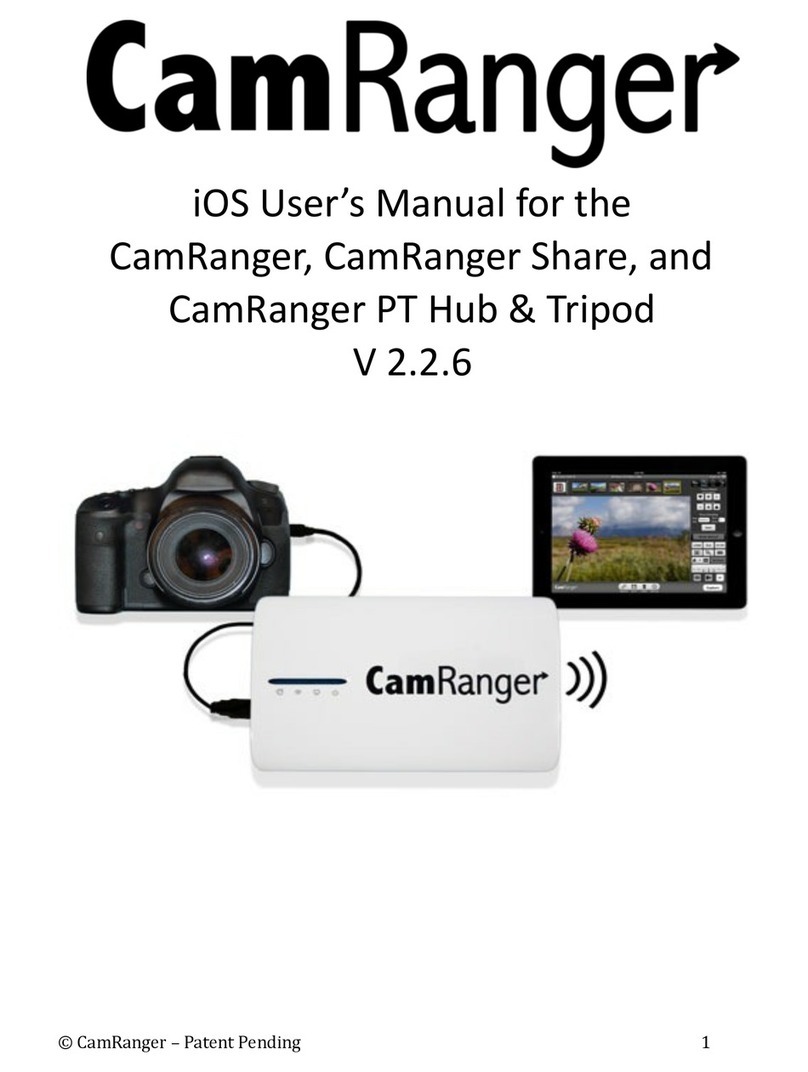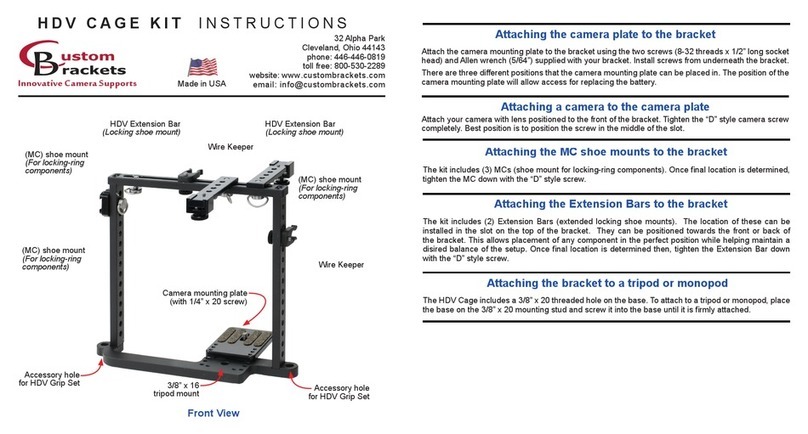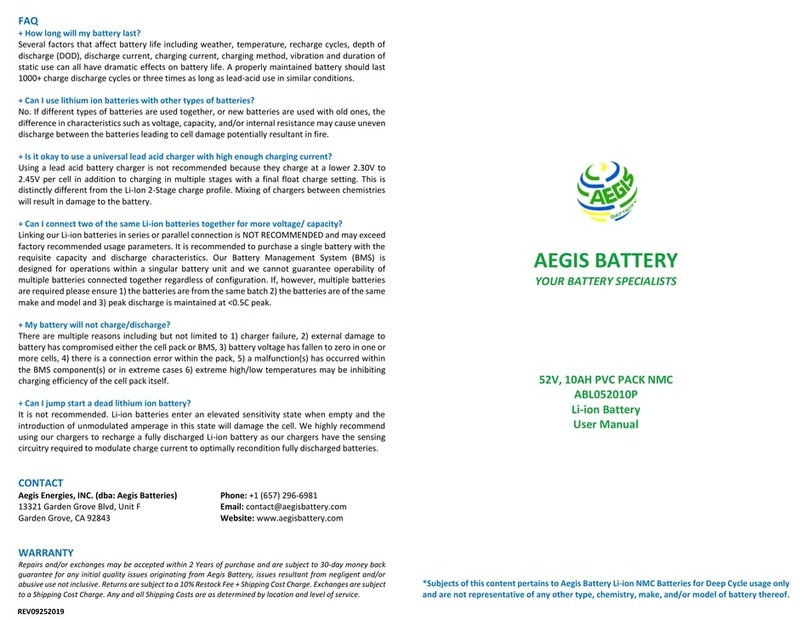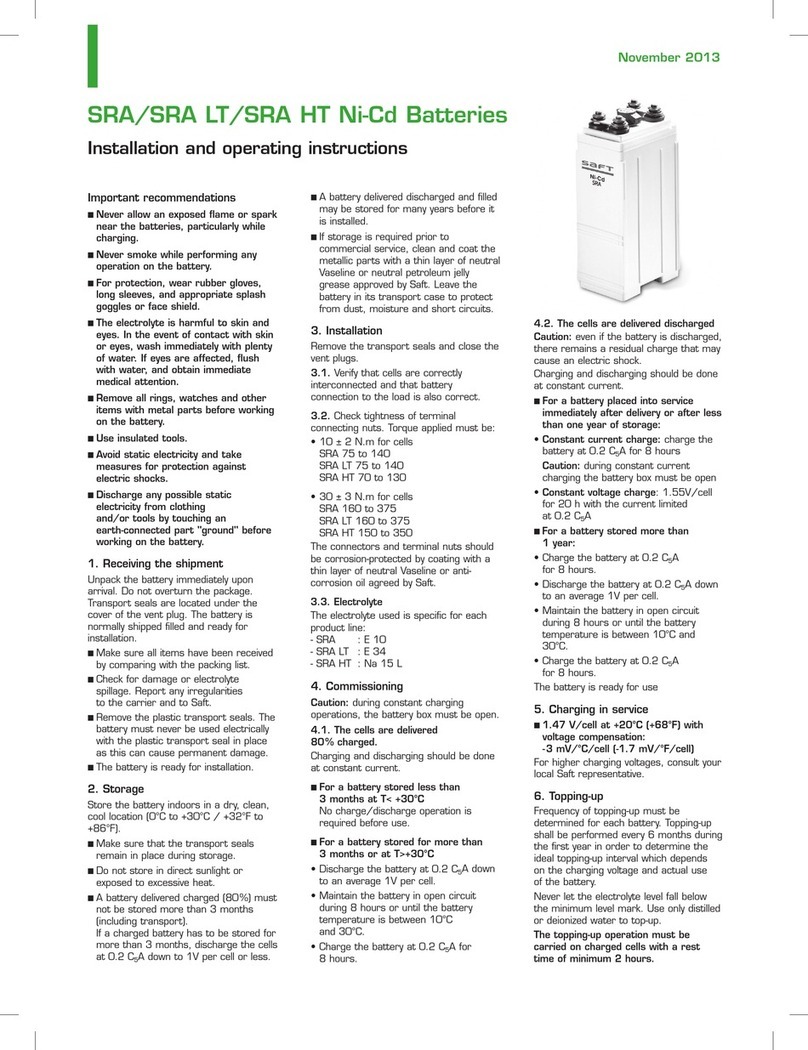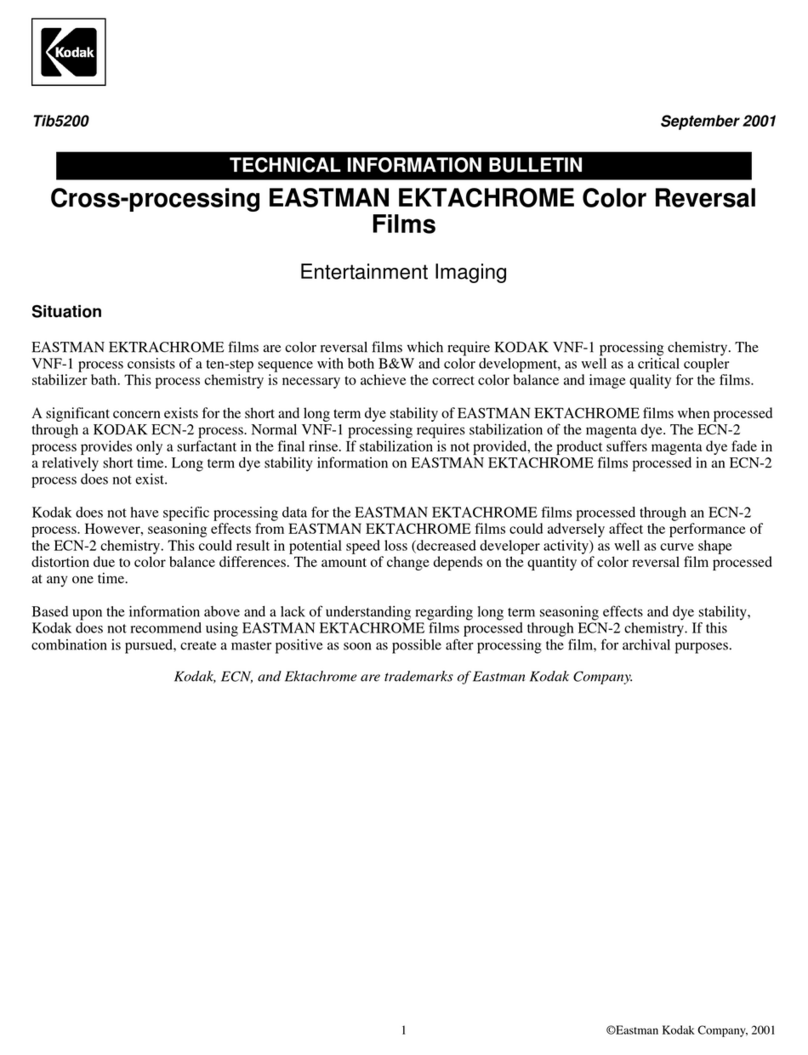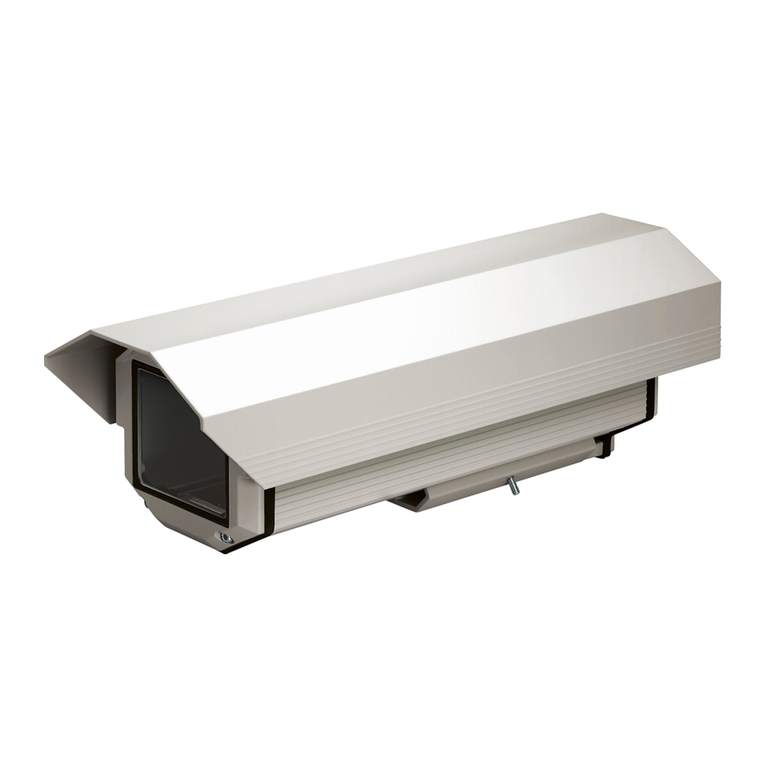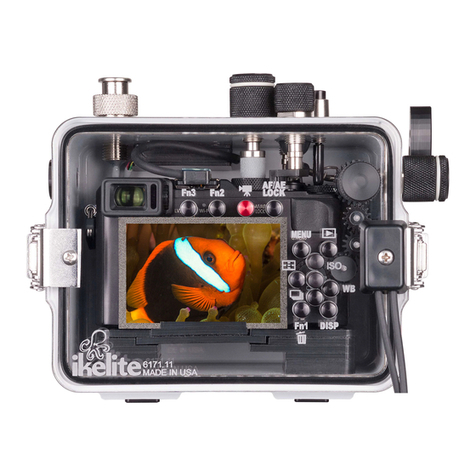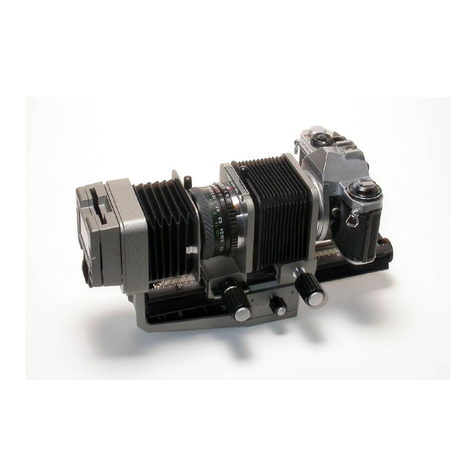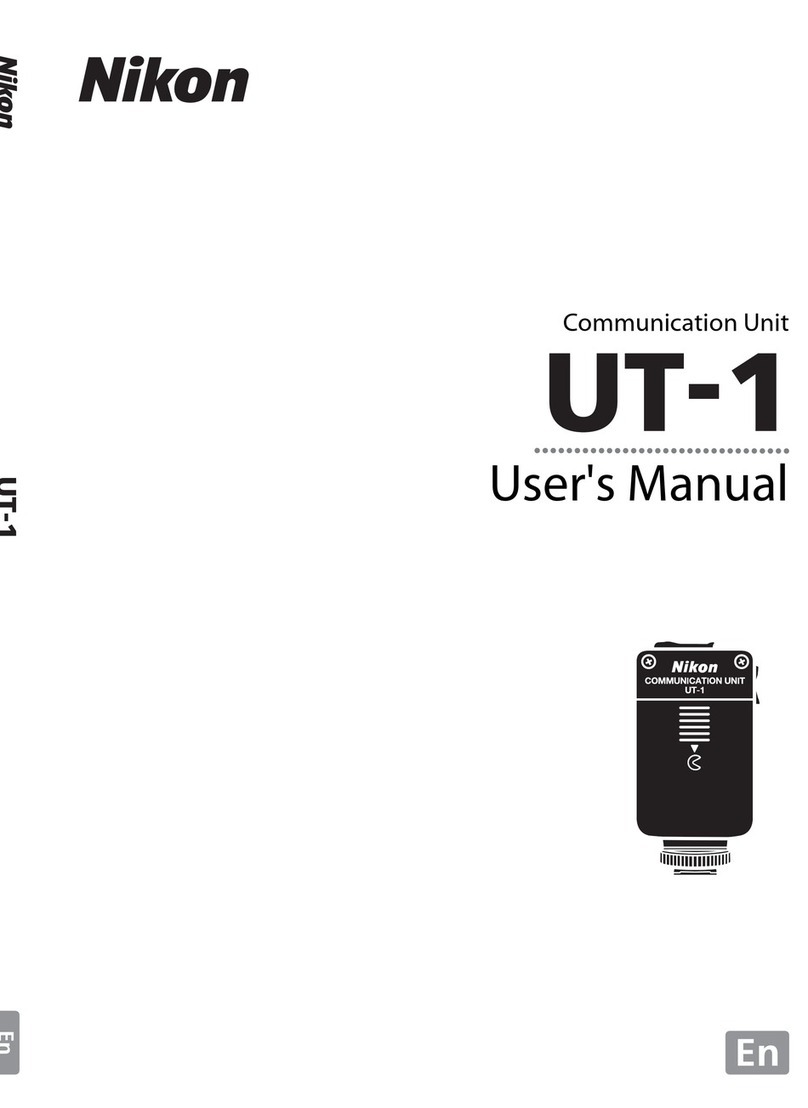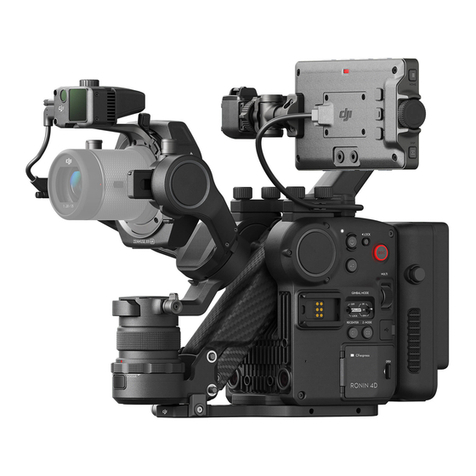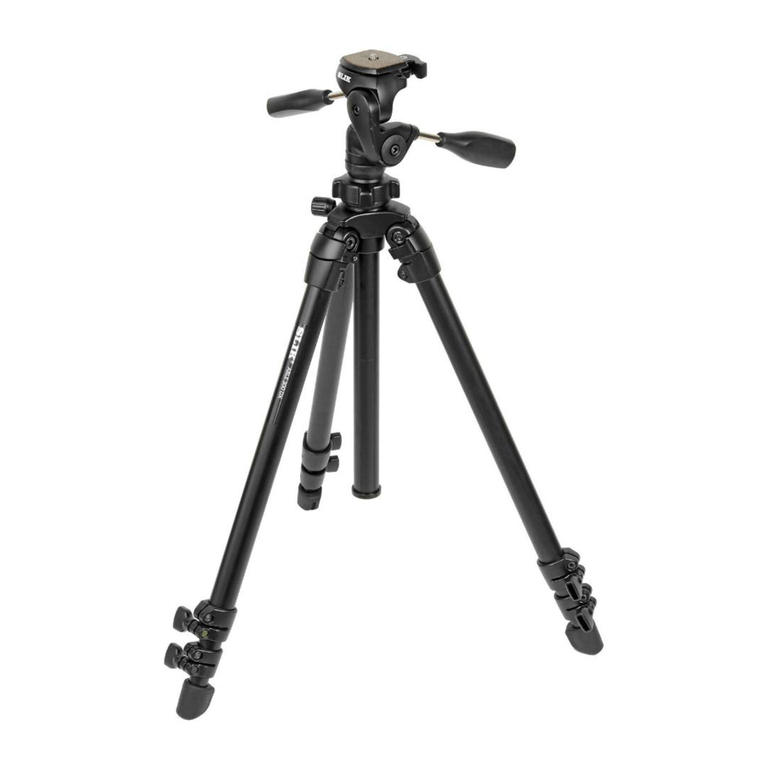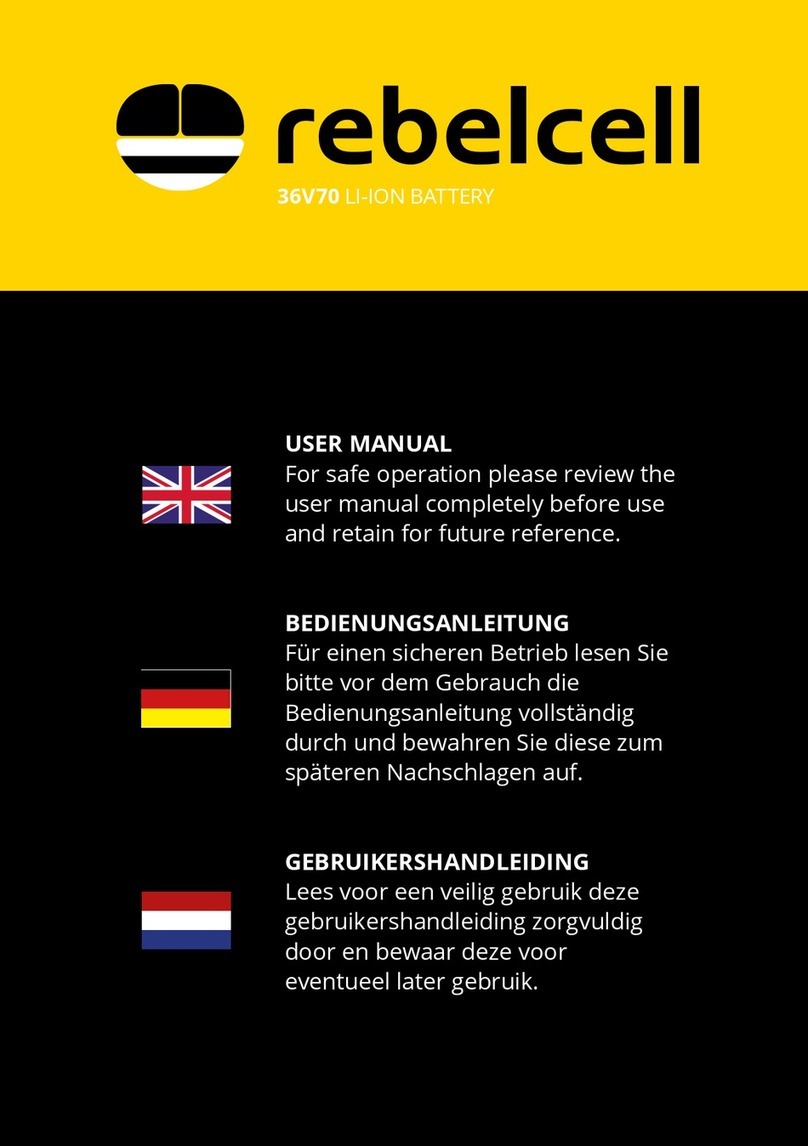7
4. SWITCHES, & INDICATORS
At this point, you’re ready to start using the Power Caddy III.
Step 1 is to connect the Power Caddy III to an AC mains outlet, switch it on to get the
battery charged. Note that all our units are shipped to the customer fully charged.
When you connect mains the charger LED will be stable and once the Inverter picks
up the State of charge it will go into Absorption/Storage Mode, at this stage the
Charger LED will flash.
Check the indicators on the TOP of the Power Caddy III that:
•The ‘Inverter’ LED is lit green
•The “Charger” LED is initially is amber, indicating that the battery is being
charged. When the battery is in Absorption, the “Charger” LED will flash;
once the battery is fully charged, the “Charger” LED will continue flashing
indicating the battery is in storage mode.
For more detailed information on the indicators please refer Annexure 1.
It will take about 6 - 12 hours to recharge the battery.
When charging is complete, you can switch OFF the “Master Switch”. If you’re going to
take the Power Caddy III away for the weekend you can unplug the charger cable and
use the Power Caddy III as and when you need it while camping or for other leisure
activities. If you are using it for home back-up power, you should leave the unit
connected to the AC mains and switched on, so that the battery is always charged and
ready for use.
Step 2. Use the Power Caddy III when and where you need it.
You can now connect the equipment you need to the AC power outlet connector on
the Power Caddy III. You can do this by plugging the equipment directly into the
output socket. Switch ON the unit when ready.
If you’re using the Power Caddy III at home or in the office and Utility power is cut-off,
switch ON the “Master Switch” and the inverter in the unit will immediately start.
In standby mode the AC power will be available to the equipment you’ve plugged into
the AC power outlet.
